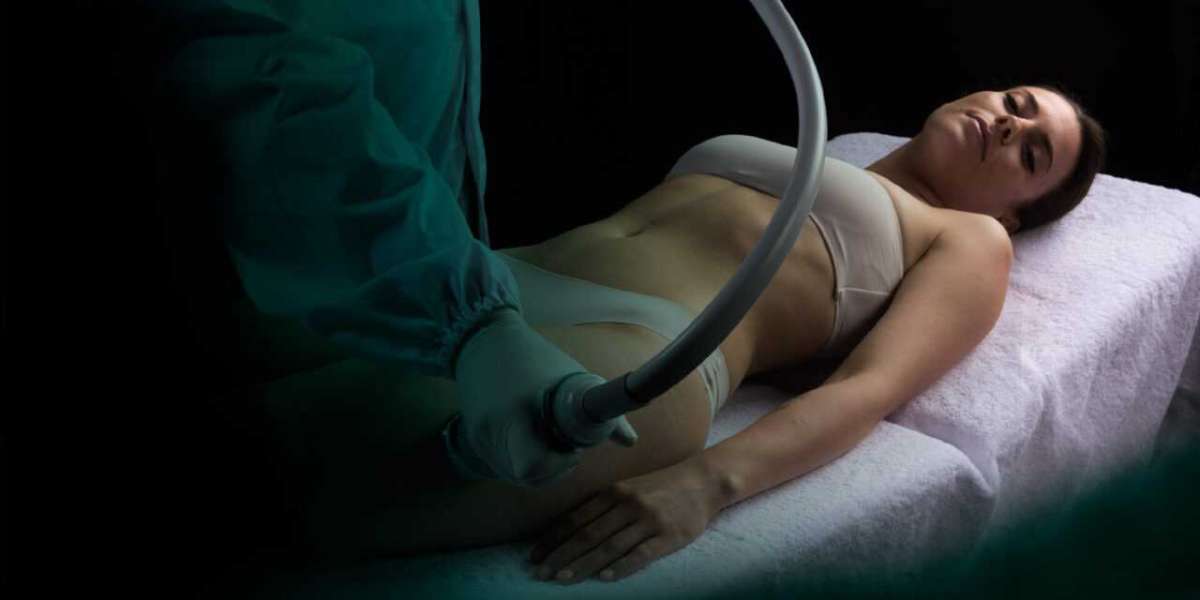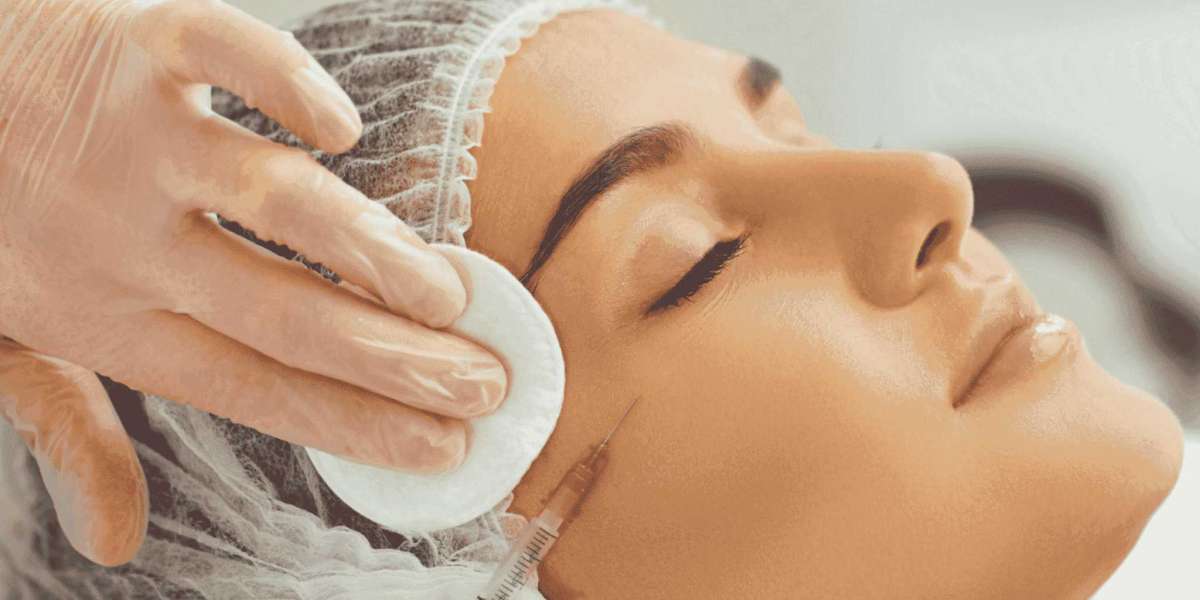The quest for a perfectly contoured physique has led to a surge in popularity for body sculpting procedures.
Promising to eliminate stubborn fat, tighten loose skin, and define muscles, these treatments have become increasingly appealing. However, navigating the world of body sculpting can be confusing. With a plethora of options available, each boasting unique benefits and claiming minimal downtime, it's crucial to separate fact from fiction. This comprehensive article delves into the truth about body sculpting, exploring what you can realistically expect, what potential risks to avoid, and how to choose the right treatment for your individual needs and goals.
Understanding Body Sculpting: Beyond the Hype
Body sculpting, also known as body contouring, encompasses a range of non-surgical and surgical procedures designed to reshape and refine specific areas of the body. It's important to understand that body sculpting is not a weight-loss solution. These procedures are intended for individuals who are already at or near their ideal weight but struggle with localized fat deposits, loose skin, or lack of muscle definition. They are designed to improve the shape and contour of the body, not to significantly reduce overall body weight.
Non-Surgical Body Sculpting: Exploring the Options
Non-surgical body sculpting procedures have gained immense popularity due to their minimal downtime and non-invasive nature. These treatments typically target fat cells, skin laxity, or muscle tone using various technologies:
Cryolipolysis (Fat Freezing): This technology freezes and destroys fat cells, which are then naturally eliminated by the body over time. It's most effective for targeting localized fat deposits in areas like the abdomen, flanks, and thighs.
Radiofrequency (RF) Treatments: RF energy heats the deeper layers of the skin, stimulating collagen production and tightening loose skin. It can be used to improve skin laxity on the face, neck, and body.
Ultrasound Treatments: Similar to RF, ultrasound technology can also be used to target fat cells and tighten skin. Some ultrasound devices can also stimulate muscle contractions.
Electromagnetic Muscle Stimulation (EMS): EMS technology uses electromagnetic waves to stimulate muscle contractions, leading to muscle growth and fat reduction. It's often used to enhance muscle definition in the abdomen, buttocks, and arms.
Injection Lipolysis: This involves injecting a solution into targeted fat deposits to break down fat cells. It's typically used for smaller areas of fat, such as under the chin or around the knees.
Surgical Body Sculpting: A More Invasive Approach
Surgical body sculpting procedures offer more dramatic results but involve greater risks and longer recovery times:
Liposuction: This procedure removes fat from specific areas of the body using a cannula and suction. It's a more invasive option but can achieve significant fat reduction and contouring.
Tummy Tuck (Abdominoplasty): This surgery removes excess skin and tightens the abdominal muscles to create a flatter and more toned abdomen. It's often recommended for individuals who have experienced significant weight loss or pregnancy.
Brachioplasty (Arm Lift): This procedure removes excess skin and fat from the upper arms, improving their shape and contour.
Thighplasty (Thigh Lift): This surgery tightens the skin and removes excess fat from the thighs.
What to Expect: Realistic Outcomes
It's crucial to have realistic expectations about the results of body sculpting procedures. While these treatments can improve the shape and contour of your body, they are not a substitute for a healthy lifestyle. Maintaining a balanced diet and regular exercise is essential to maximize and maintain the results. Non-surgical procedures typically offer more subtle results compared to surgical options. Multiple treatment sessions may be required to achieve the desired
outcome. Results may also vary depending on individual factors such as body composition, metabolism, and lifestyle.
What to Avoid: Potential Risks and Complications
All body sculpting procedures carry some degree of risk. Non-surgical procedures are generally considered safer than surgical options, but potential side effects can include redness, swelling, bruising, and numbness. Surgical procedures carry the risks associated with any surgery, such as infection, bleeding, and adverse reactions to anesthesia. It's crucial to choose a qualified and experienced provider to minimize the risk of complications. Avoid providers who make unrealistic promises or pressure you into undergoing treatments.
How to Choose the Right Treatment: A Personalized Approach
The best body sculpting treatment for you will depend on your individual needs, goals, and budget. A consultation with a qualified healthcare professional is essential to determine the most appropriate option. During the consultation, discuss your concerns, desired outcomes, and medical history. Your provider will assess your body composition and recommend the most suitable treatment plan. Don't hesitate to ask questions about the procedure, potential risks, and expected results. Choosing the right treatment requires careful research, thoughtful consideration, and a clear understanding of your own expectations.
The Bottom Line: A Journey to Self-Improvement
Body sculpting can be a valuable tool for enhancing your physique and boosting your confidence. However, it's essential to approach these procedures with realistic expectations and a thorough understanding of the potential risks and benefits. By choosing a qualified provider, understanding the different treatment options, and maintaining a healthy lifestyle, you can make informed decisions and embark on a journey towards a more sculpted and
confident you. Remember, body sculpting is not a magic solution, but rather a complement to a healthy lifestyle and a step towards achieving your personal aesthetic goals.







